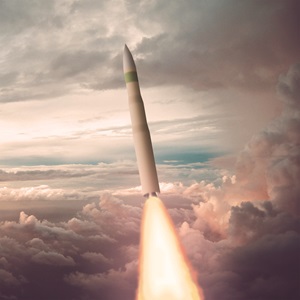Creating Force Multipliers
Developing a Digital Engineering Ecosystem

By Kelly McSweeney
When data and digital tools are disconnected and scattered, engineers have to spend time gathering information and constructing a digital environment before they can start a new project or make changes to an existing program. As digital transformation has spread across all industries, including aerospace and defense, technology has transformed engineering from pencil and paper to the digital environment. This change has opened new opportunities, but it has also created new challenges.
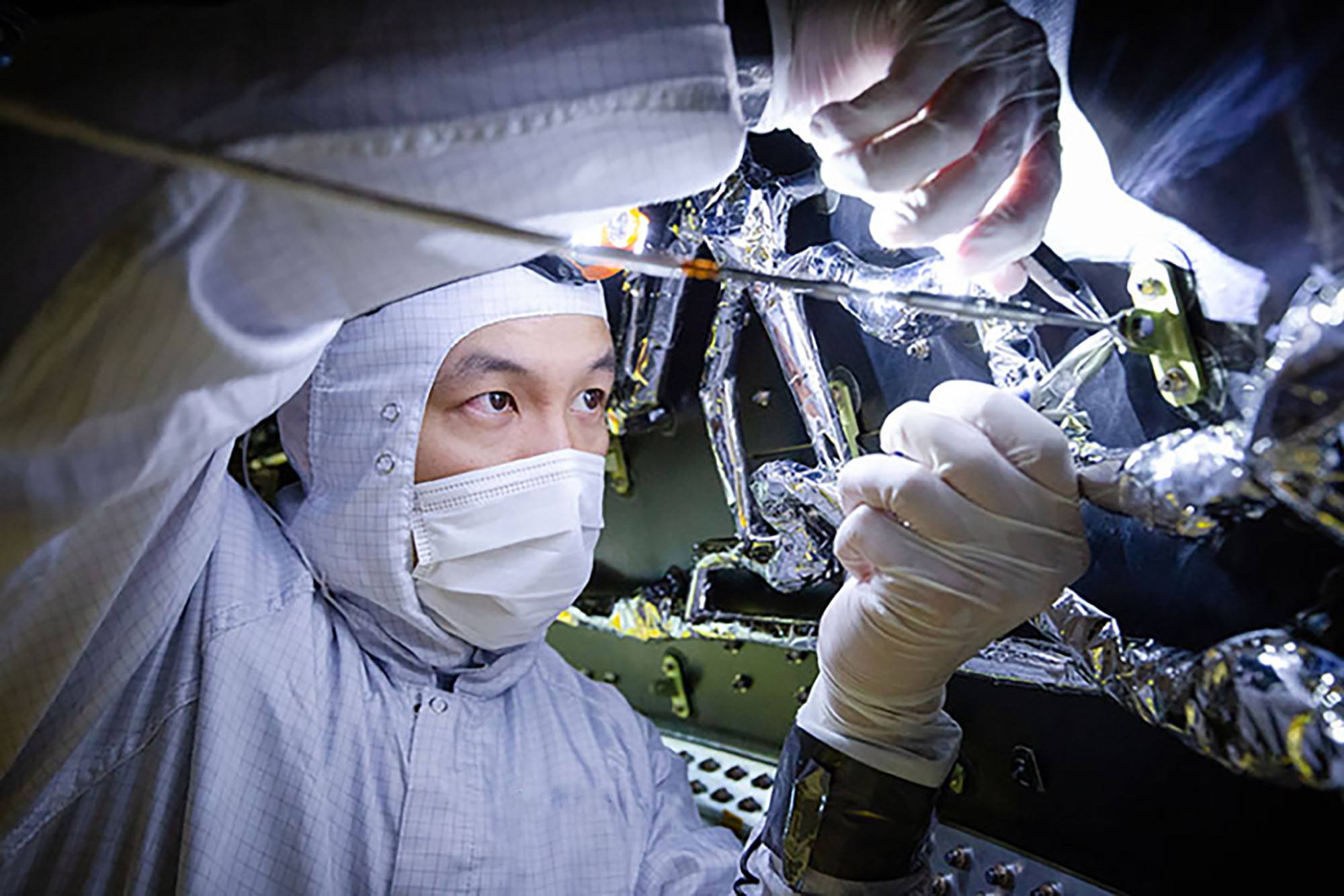
Developing a Digital Engineering Ecosystem
"Engineers that work across the lifecycle of a product are often faced with tools that are not easily connected with other tools, they simply don’t interoperate together,” says Dr. Chris Orlowski, Director of Digital Engineering at Northrop Grumman. "When you're doing high-fidelity, physics-based modeling and simulation across multiple domains and require consistency across hybrid models, it can be very challenging," he adds.
Now, as a solution to this common challenge, Orlowski and his colleagues designed, developed and launched a digital ecosystem that integrates the predominate data and tools that engineers use across the entire product life cycle of a program.
"Our solution is a digital engineering Software as a Service platform," says Paul Nelson, Chief Technical Strategist and Tech Fellow.
The integrated digital environment situates Northrop Grumman to meet the digital engineering strategy outlined by the U.S. Department of Defense (DOD), which "promotes the use of digital representations of systems and components and the use of digital artifacts to design and sustain national defense systems."
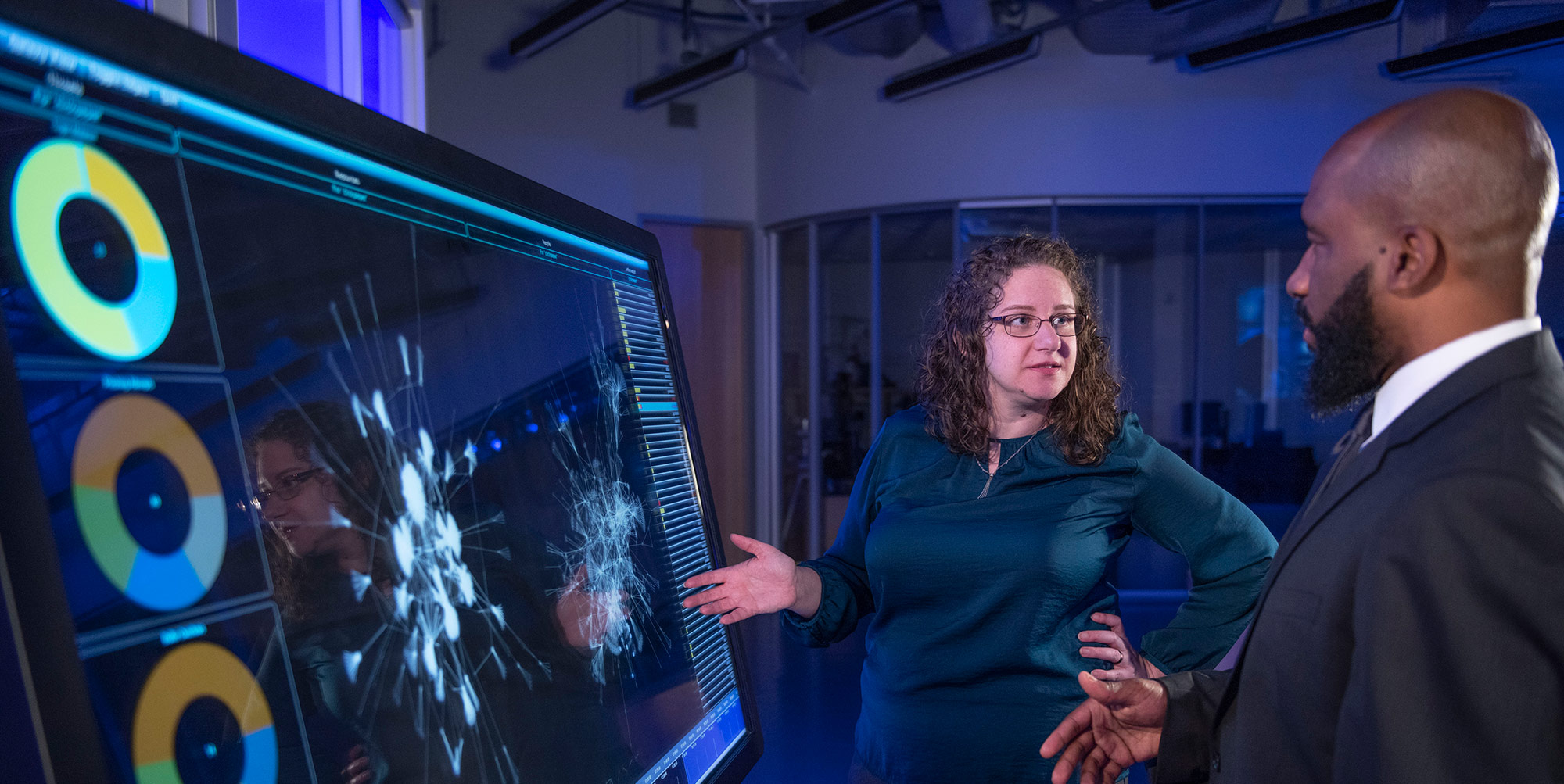
Who Can Access the Integrated Digital Environment?
Northrop Grumman’s integrated digital environment creates a connective information highway that allows all these different players to access the information they need to perform their scope of work. There are many different stakeholders involved in aerospace and defense projects: systems engineers, analysts, designers, manufacturers, test engineers, supply chain, and the customer, to name a few.
"We bring their information together, so they can work collaboratively in a shared environment," Nelson explains.
There is a huge advantage to bringing external stakeholders, such as the vendors who are part of the supply chain and the end customer (including different branches of the DOD), into the conversation so that everyone is looking at the same data. When collaboration is coupled with deep information integration the concept is known as an enduring, authoritative source of truth in digital engineering. Importantly, the integrated digital environment also filters information and puts users into different categories to protect different levels of information classification.
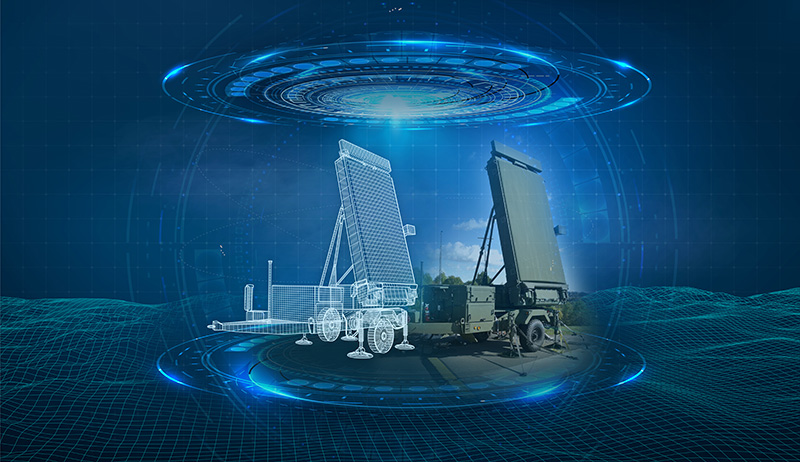
Rapid Deployment with Digital Twins
In the simplest sense, the integrated digital environment is a framework for organizing and integrating apps and data, similar to how consumer television companies consolidate streaming services and make it easier to watch your favorite shows from one central platform. But in this case, the ability to rapidly launch and deliver a program can save lives.
"It spans the lifecycle from an inception of an idea all the way through the design, development, test, delivery and sustainment of the product," says Orlowski.
The sustainment of the product is where the digital twin becomes a force multiplier. For example, improving condition based maintenance through predictive and simulated analytics, or tapping into real-time operational data to support live development and test cases during product development.
In the future, having all information about a particular aircraft vehicle detailed in a digital twin will allow engineers to access it from anywhere in the world. For example, this provides the ability to rapidly reconfigure embedded software on an operational asset to respond to a new emerging humanitarian mission for search and rescue as a result of a natural disaster.
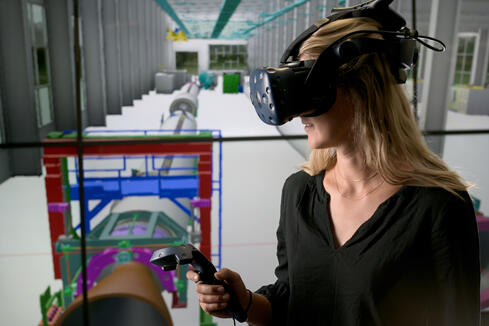
Integrated Digital Ecosystem Drives Mission Success
The integrated digital environment is being used across all parts of Northrop Grumman — for satellite programs, aircraft, sensor programs, defense missile programs and other initiatives. This unique ecosystem solves a challenge that plagues original equipment manufacturers across many industries that are using advanced technology for product development. Ultimately, it all comes back to the customer's mission.
"This solution is helping us connect our product development capabilities directly with the customer's mission," Orlowski explains, "because as our customers face a continuously changing operational environment, we’re supporting them so they are best prepared to adapt, transform and respond with speed ahead of any emerging threats."
More innovation stories
Read all stories about advanced technology and innovation >>


